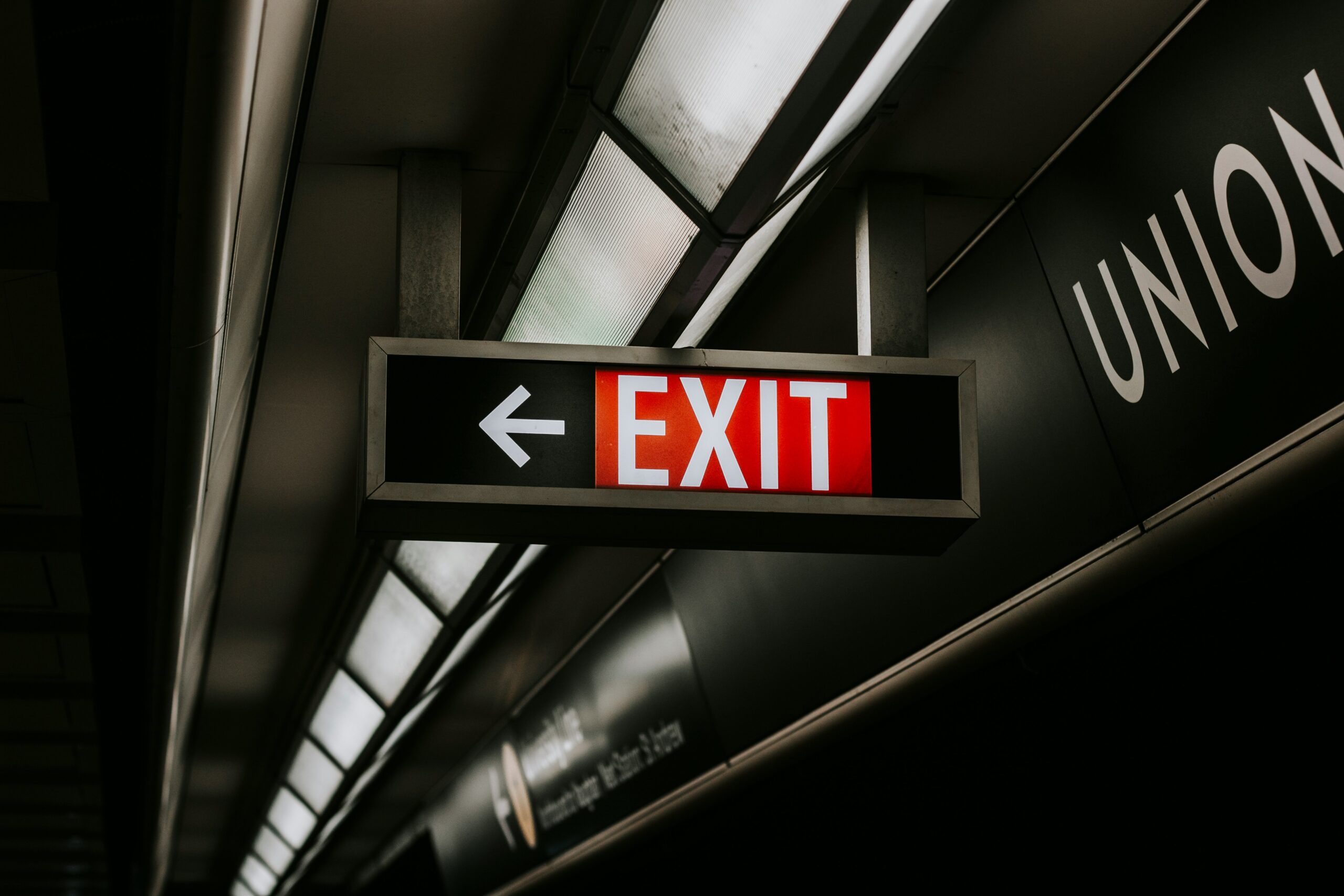
CMMS
What You Need to Know About Asset Depreciation and Financial Reporting

Facilities management is more than just keeping a building operational; it involves managing a range of critical assets that depreciate over time. HVAC systems, refrigeration units, plumbing, electrical systems, and other large equipment like elevators and generators all play essential roles in day-to-day operations. However, their finite lifespan means they lose value over time, which directly affects financial planning.
Accurately tracking asset depreciation not only ensures operational efficiency but also helps maintain financial compliance and supports long-term asset management strategies.
Let’s explore the importance of asset depreciation, the most common methods for calculating it, and what facilities managers should look for in a management platform like to streamline this process.
Key types of assets in facilities management that depreciate over time
Facilities managers oversee a variety of assets that require continuous maintenance, upgrades, or eventual replacement. The key types of depreciating assets to be aware of include:
HVAC systems
Heating, ventilation, and air conditioning units are essential but have a finite operational life and efficiency that decreases over time.
Refrigerators and freezers
Especially important in retail and food service sectors, these appliances require regular upkeep and eventual replacement.
Plumbing and electrical systems
Infrastructure that suffers wear and tear with age, leading to depreciation.
Large equipment
Items such as elevators, generators, and security systems, which have limited lifespans and are crucial to a facility’s smooth operation.
Tracking the depreciation of these assets is essential for financial planning because it allows for proper budgeting for repairs, replacements, and upgrades. Without an accurate understanding of depreciation, facilities managers risk unexpected breakdowns and financial surprises.
An essential method for calculating asset depreciation
One of the most widely used methods in facilities management is Straight-Line Depreciation. This method spreads the cost of an asset evenly over its useful life, offering a predictable impact on financial reporting.
Facilities managers prefer this method because it provides a clear, straightforward way to plan for asset replacement, making financial forecasting easier.
Using the straight-line depreciation method allows for consistent financial reports, which is crucial for long-term planning, especially when multiple assets are nearing the end of their useful life simultaneously.
Why accurate depreciation tracking matters
Accurately tracking asset depreciation is crucial for several reasons:
Operational efficiency
Knowing when an asset will reach the end of its useful life helps facilities managers proactively plan maintenance or replacement before a failure occurs. This ensures uninterrupted operations and minimizes costly downtime.
Financial compliance
Accurate depreciation tracking ensures compliance with accounting standards and tax regulations. Mismanagement of depreciation records can lead to incorrect financial reporting, resulting in penalties or lost savings.
Informed decision-making
Depreciation data informs capital expenditure decisions, allowing facility managers to prioritize which assets need immediate attention and which can be maintained or upgraded at a later date.
Best practices for managing asset depreciation
Effective management of asset depreciation requires a strategic approach. Here are a few best practices and what you should look for in a platform to accomplish these goals.
Regularly update asset data
Ensure records are kept up-to-date, including purchase dates, warranties, and maintenance histories. Look for a management platform with asset tagging system makes it simple to manage this data.
Accurately track depreciation
Look for a platform that consistently monitors the depreciation of assets using custom fields and tracks relevant details. This ensures that asset tracking aligns with financial goals and long-term planning strategies.
Proactive replacement planning
Automated notifications should easily inform you about assets approaching the end of their useful life. This allows for timely replacements and helps avoid costly operational downtimes.
Track and review performance reports
Seek out a platform that gives you access to detailed reports to continuously evaluate asset performance. Regular reviews help adjust financial plans, making it easier to decide when to repair, upgrade, or replace an asset.
How Fexa keeps you on top of asset depreciation
Fexa’s platform simplifies and enhances the process of tracking asset depreciation, while also improving the accuracy of financial reporting. By providing a centralized hub for all asset data, Fexa allows facilities managers to store and manage comprehensive records for each asset, including key information like purchase date, maintenance history, and depreciation schedules. This consolidation of data makes it much easier to track the depreciation of assets over time and ensures that no important details are overlooked.
In addition to centralized data management, Fexa automates the monitoring of asset depreciation. The platform is equipped to track the depreciation of assets in real time, sending alerts to facilities managers when assets approach the end of their useful life. This feature allows managers to take a proactive approach to budgeting and operational planning, helping to prevent unexpected equipment failures and unplanned expenses.
Fexa also enhances financial reporting by generating automated, detailed reports on asset performance and depreciation. These reports provide facilities managers with valuable insights into maintenance costs and asset trends, enabling more accurate financial forecasting and better-informed budgeting decisions.



